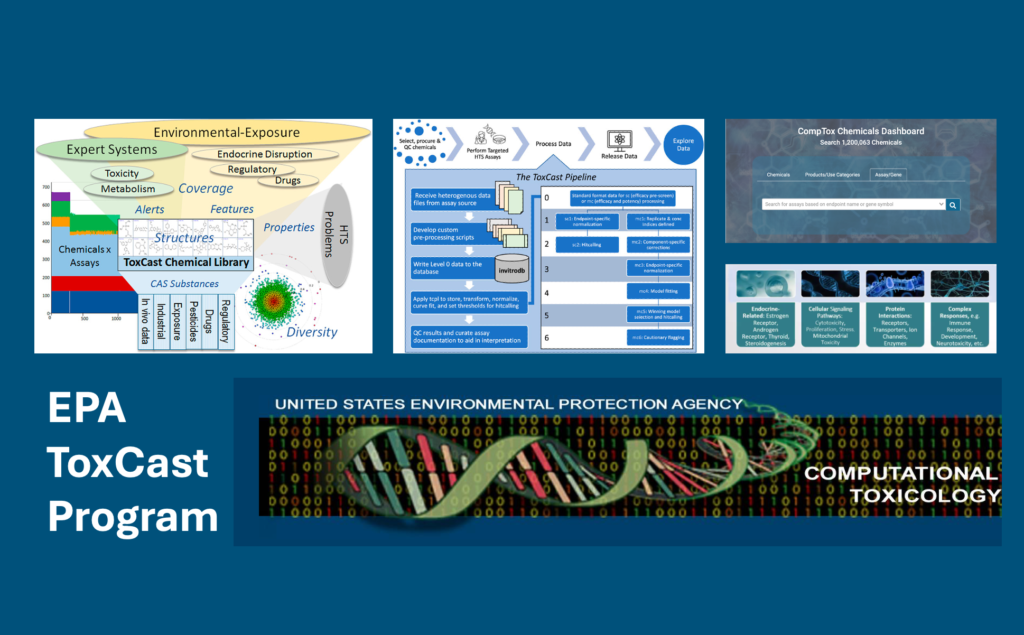Phenotypic Profiling to Support Chemical Safety
Case Study Overview
Chemicals can cause toxicity in people through diverse mechanisms. Unfortunately, most of these mechanisms are unknown. Furthermore, animal testing does not predict the toxicity of many chemicals in humans. For these reasons, researchers are turning to human-relevant, non-animal alternatives for solutions.
Human cell-based phenotypic assays are obvious candidates as alternatives. In order for these methods to be accepted as replacements for animal testing, however, researchers need to have confidence in their value. Testing reference chemicals with known mechanisms and toxicities is helpful, although of limited impact as these data sets are complex and cumbersome to interpret.
We are developing interactive visualizations to help researchers explore these reference data. These tools facilitate comparison of data across platforms and help researchers gain a better understanding of phenotypic assays. Improving the accessibility of these data will help reach a broader audience of stakeholders interested in chemical safety, including biologists, chemists, toxicologists, regulatory scientists as well as the general public.
See our case study on phenotypic assay data from the US EPA’s ToxCast program analyzed for selected toxicity-related mechanisms: Chemical Toxicity Mechanisms – Revisiting ToxCast Data Chemical Toxicity Mechanisms – Revisiting ToxCast Data.
Tableau Dashboard
Explore the Data
Not displaying correctly? See this dashboard on Tableau Public by clicking here. Please note that some dashboards are quite large and may not display completely on your device.




